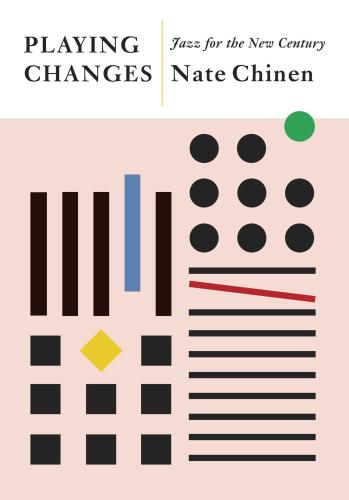
Playing Changes
Jazz for the New Century
کتاب های مرتبط
- اطلاعات
- نقد و بررسی
- دیدگاه کاربران
نقد و بررسی

Starred review from May 28, 2018
Former New York Times jazz critic Chinen charts a brilliant and wide-ranging new history of jazz. Tracing the evolution of the genre over the past 50 years, he demonstrates that no strict definition of jazz exists; it’s a volatile and generative music without fixed boundaries or rules. Chinen demonstrates the creative multiplicity of jazz by profiling diverse jazz artists and their contributions to and permutations of the art form. Saxophonist Kamasi Washington, for example, on his most recent album, The Epic, “crashes through an Afrocentric range of styles: surging hard-bop, steroidal jazz-funk, viscous soul.” Chinen explains how pianist Vishay Iyer focuses on a body-based way of playing piano, contending that the rhythmic domains of music are the same that our bodies use—breathing, walking, talking; bandleader and saxophonist Wayne Shorter leads his quartet so that tempos and tonal centers are endlessly subject to flux; and saxophonist Steve Coleman incorporates non-Western musical influences, such as the music of Ghana, India, and Brazil, as well as hip-hop styles. Chinen also points to developing jazz ecologies around the world—in Benin, China, Iraq, South Korea—that illustrate the ways that the music continues to grow and develop. Chinen’s virtuoso jazz history will drive readers to listen to the music anew, or for the first time.

June 1, 2018
A music critic assesses the current state of jazz.By the end of the 20th century, some observers of the jazz scene had concluded that "jazz was enshrined in the popular imagination as a historical practice, a set of codes to be reenacted endlessly." What possible surprises could be mined from an art form that "had already completed a full life cycle of creation, maturation, obsolescence, and revival"? A lot, it turns out, as Chinen (co-author, with George Wein: Myself Among Others: A Life in Music, 2003), the current NPR contributor and former jazz critic for the New York Times, demonstrates in this analysis of the state of jazz in the 21st century. No fan of "an overintellectualized, preciously ennobled, eat-your-vegetables idea of great American music," the author focuses on artists who are pushing jazz in new directions. These include saxophonist Kamasi Washington, who, with "The Epic," his 2015 debut album, "emerged as jazz's most persuasive embodiment of new black pride at a moment when few forces in American culture felt more pressing"; pianist Brad Mehldau, whose solo in one particular track so impressed guitarist Pat Metheny when he heard it while driving "that he pulled the car over to give it his full concentration"; drummer Tyshawn Sorey, composer of the "unclassifiable suite" The Inner Spectrum of Variables; bassist Esperanza Spalding; and more. Chinen gets bogged down with repeated references to the awards many of the cited artists have won, but jazz fans will find much to enjoy. Anyone looking to start a jazz collection will be happy to know that each chapter concludes with five recommended recordings. The author has a gift for memorable lines, as when he writes about D'Angelo's 2000 album "Voodoo": "There's an odd sensation that you often encounter listening to the album, not unlike absentmindedly reaching the top of a staircase and being startled when there isn't another step."As this illuminating book shows, jazz still has a lot to say about the world--and a lot of eloquent artists ready to say it.
COPYRIGHT(2018) Kirkus Reviews, ALL RIGHTS RESERVED.

























دیدگاه کاربران